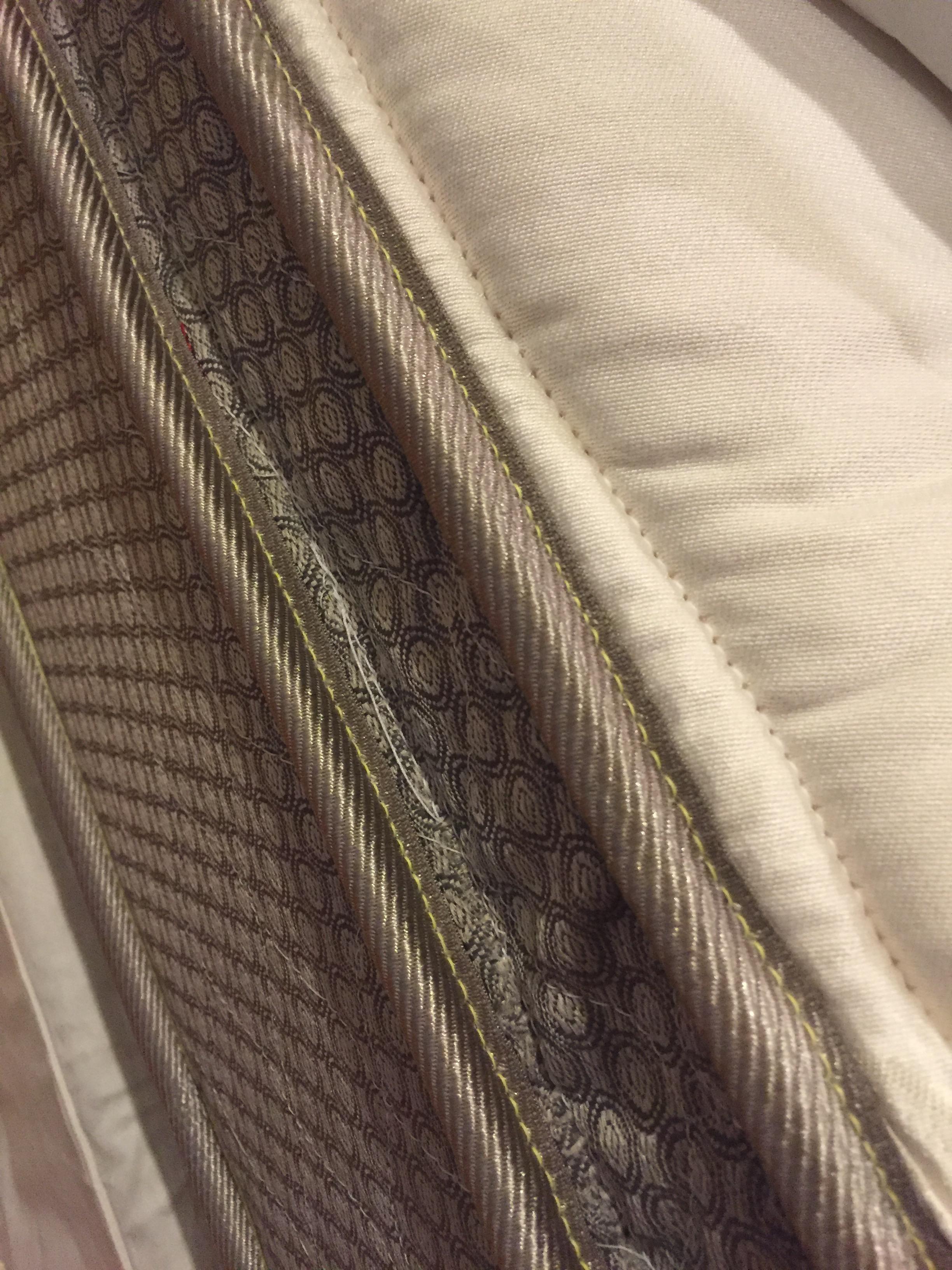 Many products use components created in places other than the final assembly site. Each component must itself conform to safety standards. The logic here is that if something is composed of parts that each pass safety tests, the final product will be safety compliant. A mattress is such a product, and its materials must be fire resistant so that the product sold to consumers can be deemed safe.
Many products use components created in places other than the final assembly site. Each component must itself conform to safety standards. The logic here is that if something is composed of parts that each pass safety tests, the final product will be safety compliant. A mattress is such a product, and its materials must be fire resistant so that the product sold to consumers can be deemed safe.
A consumer or producer might ask this question. Why do mattresses have to be sewn with flame retardant sewing thread? It is a fair question because many people overlook the important role thread plays in keeping a mattress from igniting. If the mattress were to come apart due to thread failure, the more flammable inner materials can ignite and cause a severe fire. However, if the thread manages to hold all the parts of the mattress together, the fire may not reach the batting and cushioning, especially if the shell material is particularly fire resistant.
The government requires mattresses to comply to safety standards. The Consumer Product Safety Commission's 16 CFR 1633 code is a requirement for all mattresses sold in the US and includes a two-level fire resistance test. The first test uses a smoldering heat source, such as a lit cigarette, and the burn damage is measured for compliance. The second test uses an open flame from a propane burner that burns at 65 kW per square meter for 70 seconds on the top surface and 45 kW per square meter for 50 seconds on the side surfaces. The heat given off by the mattress is measured and judged against the current standard. A prototype mattress that meets or exceeds 16 CFR 1633 is approved as a model for production.
While flame retardant sewing thread may not be so important in the cigarette burn test, it is vital for compliance in the open flame assessment because thread is what holds the materials together in one fire resistant unit. A product is only as good as its individual components, and thread that ignites and fails when exposed to open flame will result in the mattress coming apart, igniting, and failing an open flame test.
ASTM D7016- Test Method for Mattress Edge Binding and Sewing Threads
The test method that measures the behavior and characteristics of sewing threads and mattress edge bindings is the ASTM D7016. Sewing threads for edge binding must meet the pass criteria of this test. If a mattress constructed using thread that is not flame retardant somehow passes safety tests, it may still be unsafe for the consumer, resulting in damaging lawsuits against the manufacturer and a loss of reputation as a producer of safe products.
Edge binding fire retardant sewing threads can be made from multiple different types of FR fiber producers, the most popular is DuPont™ Kevlar®. There are plenty of other Kevlar® alternatives that will achieve the same results and are typically less expensive. If you need help finding the best flame retardant sewing thread to meet your FR requirements, let us know we would be happy to help!



